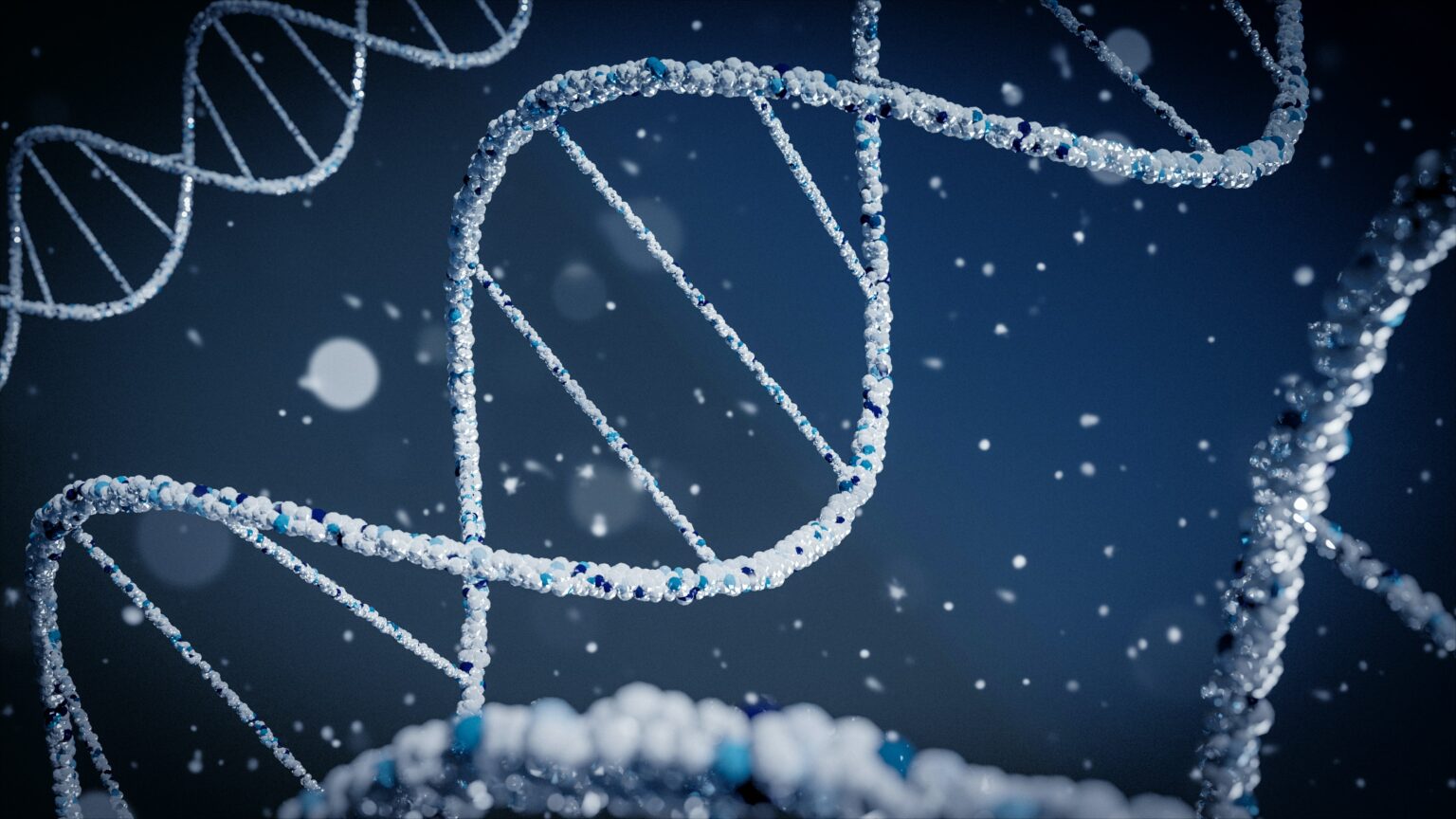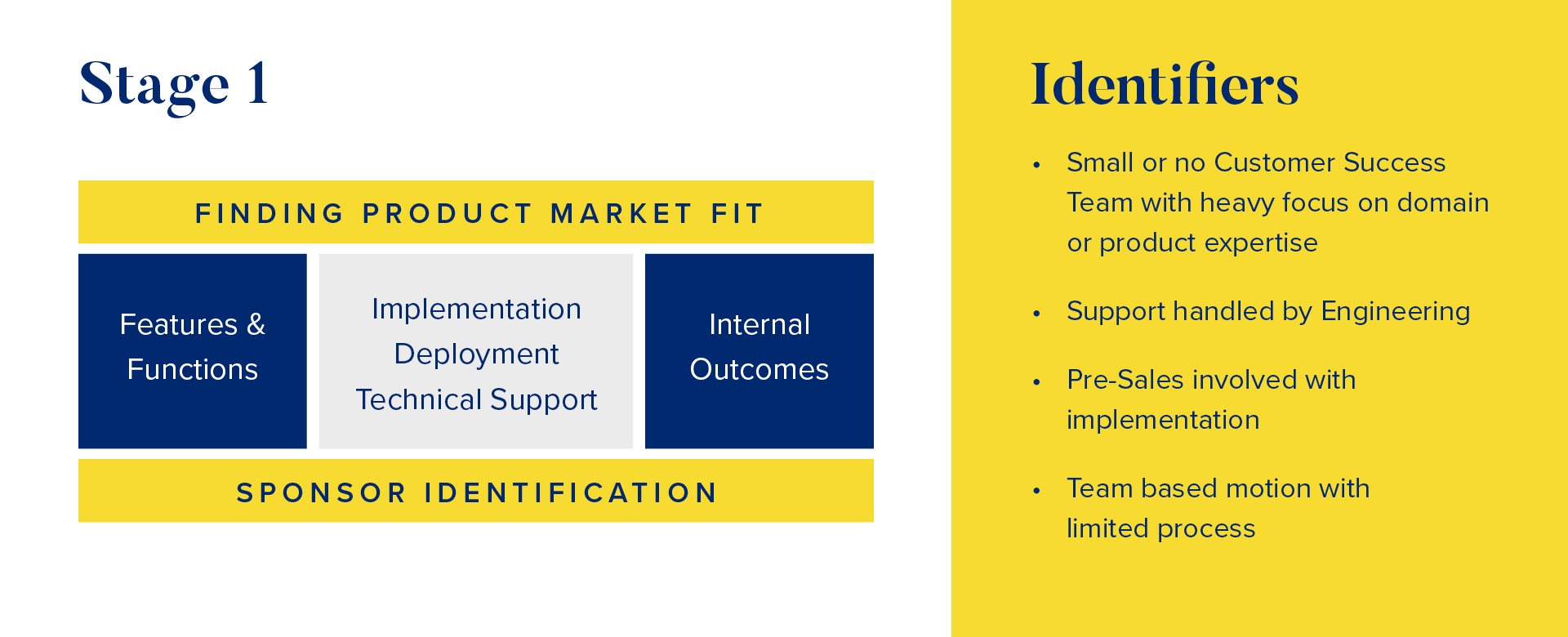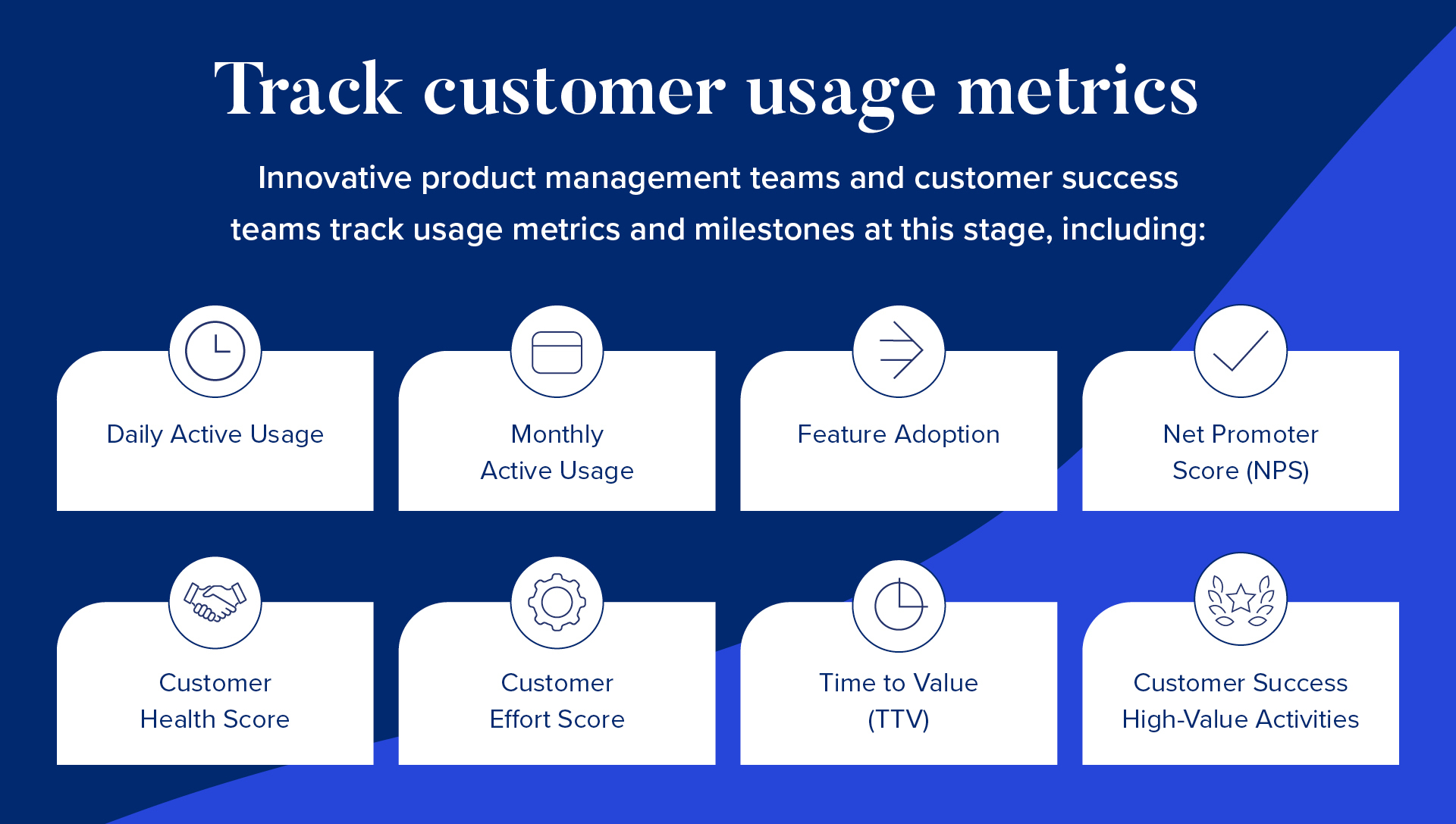
How to Build Customer Success Into Your Company’s DNA: Part 1
When building a startup, closing as many sales as possible to grow the business is often a key focus. But interacting with customers doesn’t stop after the sale; ensuring customers are benefitting from your product, and working with them to create the best possible experience, is a long-term commitment.
This is where customer success — the ongoing practice of helping your customers reach their goals using your product — comes in.
There’s a misconception that customer success professionals simply own customer retention and product expansion. Retention and expansion track how a company is achieving internal results. Customer success, according to industry expert Lincoln Murphy, measures whether your customers achieve their desired outcomes through interactions with your company.
Customer success is a capability built into the DNA of the whole organization. It isn’t defined by what stage you’re at — rather, it’s how certain processes grow with you as a company.
As head of customer success, I’ve worked with hundreds of startups over my 25-year career, and have observed several organizational customer success patterns as companies progress from startup to scale-up.
Georgian’s customer success team works with our portfolio companies to refine their investment processes. In this post, I’ll share two of the most common patterns observed in early-stage SaaS companies to highlight the customer success models we’ve seen work in our portfolio companies. We also hope to help others facing this challenge build repeatable and predictable world-class net dollar retention.
In a follow-up post, I’ll share the two stages used to scale the customer success journey.
Customer Journey Stage One: Finding Product-Market Fit

Create the fit before the organization
Stage one of defining the customer journey involves finding product-market fit and should be considered testing and learning. This is where customer-focused roles emerge that support the internal outcomes of your first 10 customers. Ideal customer profiles are iterated based on who is using your product. The goal is to create repeatability for customers that can expand to support a larger target market.
After an initial sale is made, onboarding, implementation, deployment and technical support are often the responsibility of one or a very small number of generalist and/or technical employees. It is not uncommon for roles such as pre-sales, engineering and account executives to work together as a team until product expertise and customer demand warrant investing more money in experienced customer success talent.
Know the difference between the buyer and user
One of the biggest challenges at this level is identifying the change from a buying sponsor, the person on your customer’s team who decides to buy the product, to an adoption sponsor, or the owner of the teams who will actually use the product.
To quickly progress from this stage, it is important to acknowledge that the product-market fit presented to a buying sponsor has now shifted to a solution-customer fit with the adoption sponsor. The best companies focus on solution and value identification during the buying process. When this is done right, introducing the customer success team ahead of the final purchase process helps customers better understand your solution and the outcomes they can expect before they’re fully onboarded.
Customer Journey Stage Two: Solution-Customer Fit

Solution-Customer Fit
After finding product-market fit and seeing strong sales growth, companies at stage two find their teams working more closely with customers to ensure the product reflects how it’s actually used. We call this stage solution-customer fit.
Creating a well-orchestrated onboarding experience is a foundational muscle that can accelerate customer adoption and expansion. At this stage, companies are investing more resources and specialized roles within customer success and support teams.
Examples of these kinds of roles include:
- Customer Success Managers: Leaders of customer outcome realization
- Customer Success Engineers: Technical specialists focused on product adoption
- Account Managers: Owners of the customer relationship
- Onboarding Specialists: Owners of customer enablement process
- Implementation Specialists: Responsible for product deployment and integration
- Technical Support Engineers: Product-specific issue resolution
Creating clear customer success roles
As you scale, it is critical to be as specific as possible about roles, including who the account manager will be after the sale.
In many cases, the account executive who sells to the customer is not the account manager who works directly with the customer on expansion opportunities and renewals, so it’s important to be clear about responsibilities among your team. Where this works best is when a company identifies whether account management is an activity, function or role. Creating clarity on account management eliminates confusion for your customer and your team.
Customer success at this stage is most closely identified with coordinating resources to support the projects and use cases sold to the customer during the buying process. Building a great onboarding experience is a core capability for customer success that takes priority for the chief revenue officer (CRO), who is laser-focused on time to value and wants to make the customer adoption process as smooth as possible.
Professional services are often a dedicated team at this stage and are usually labeled implementation or deployment teams. This team is responsible for assisting customers with their initial projects using your product. The professional services team typically emerges from employees in the engineering and pre-sales solution architect teams.
Tracking customer usage metrics

Product management and customer success teams work together to build the next best actions or plays to run, which influence adoption and implementation timelines for customers. By tracking these usage metrics, companies set the stage for a broader customer success role and more specifically defined customer journey stages.
Get ready to expand beyond technical product support
Customer support teams at this stage are still heavily focused on product and may sit in the engineering team. As mentioned above, the roles are typically referenced as technical support engineers.
The customer support function evolves to include non-product specific customer support, which creates scale through automation. We will cover this in a future post.
Try to avoid leaving the support team inside product engineering too long past this stage as it may impact productivity and the ability to consistently deliver on the product roadmap. I have seen too many product organizations distracted with one-off, day-to-day customer requests which could be best handled with customer and product support in the go-to-market organization. Additionally, go-to-market teams can focus on building a proactive support function that increases the critical collaboration between the field and product teams.
Our next post will focus on stages three and four of the customer journey.
Read more like this
How to Shift Your Company to an Enterprise Model
As the annual invite-only Scaletech Conference continues, bringing together leaders and experts…
Lessons from Leslie Fine: Board meetings, scaling sales teams, storytelling
Networking with industry leaders is key to evolving your business. These connections…
How To Strengthen Your Personal Brand With Hamza Khan
If you’re not telling your story online, someone else is, and there’s…